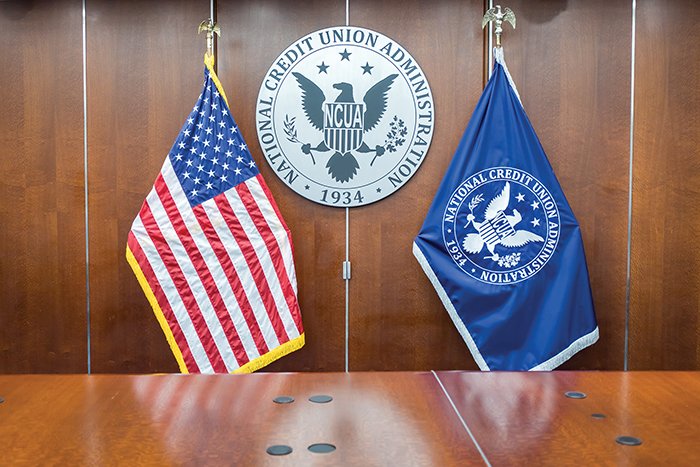WASHINGTON – A new report from the Office of the Comptroller of the Currency touts the risk and liquidity management features of the Small Business Administration's 504 loan program.
The report, SBA 504 Loan Program: Small Businesses' Window to Wall Street, says the loans are "attractive" because they allow credit unions and banks to collaborate in a co-lending product that provides long-term financing to small business customers who would not otherwise be able to find the type of financing product that would allow them to preserve capital for long-term growth. The still not widely-used loans, according to the report, are also ideal because they provide "good collateral" coverage for their retained portion of the loan and facilitate liquidity management through an active secondary market.
The 504 loan program provides growing businesses with long-term, fixed-rate financing for major fixed assets, such as land and buildings. Typically, a 504 project includes a loan secured with a senior lien from a private-sector lender covering up to 50% of the project cost, a loan secured with a junior lien from the CDC backed by a 100% SBA-guaranteed debenture covering up to 40% of the cost, and a contribution of at least 10% equity from the small business being helped.
Recommended For You
The SBA budget for FY 2006 allocates $5.5 billion for CDC debentures. If that amount were to be fully subscribed, it would lead to approximately $6.9 billion in associated 504 first lien loans by lenders, OCC said. In FY 2005, the majority of loans approved-4,340-were for $500,000 or less.
The report said lenders can earn fees and interest income on interim loans related to the project. Separately, a credit union or bank providing the permanent 504 loan may also offer a construction loan for projects requiring either new construction, rehabilitation, or reconfiguration of an existing structure. These construction loans typically generate origination, documentation, and inspection fees. Financial institutions also can earn income if they sell the first lien loan in the secondary market and may be able to cross-sell a variety of other financial products and services as the business continues to grow, the report suggested. In addition, financial institutions may purchase 504 loans from originating banks, securitize the loans, and generate income from the retained servicing activities of the portfolio.
While 504 loans can be attractive, as with any loan product, there are some risks, OCC warned. Many of the loans are for special purpose facilities, such as gas stations, bowling alleys, and agricultural structures, which can limit the resale value of the collateral property, it said. However, the 504 loan program limits the institution's exposure because of its 50% LTV and a first lien on the property. Another risk is the delay between funding of the bank loan and funding of the CDC loan. During this period, the bank typically provides an interim loan, which means that the bank temporarily has a loan with a 90% LTV.
Many banks and CDCs interviewed for the OCC report acknowledged that SBA fees for the 504 loan program are high. There are upfront fees of approximately 2.75% on the CDC loan. Typical servicing fees also apply, which are paid by the borrower. Separately, the bank pays an upfront per loan participation fee of 50 basis points to the SBA, which the bank may pass on to the borrower. However, these fees enable the 504 program to be self-funding, with program revenues covering losses and expenses, OCC said.
The use of 504 loans is high in some areas of the country, characterized by competitive pricing for loans by banks and CDCs, but use of the product remains low in other regions. Interviews with CDCs indicated that in certain states the product simply is not well-known either by banks or small business owners, and as a result, product use has not grown. In a more limited number of states, according to the CDCs interviewed, there is a reluctance by both banks and small business owners to use government lending products. Reportedly, some banks in these areas view the 504 paperwork requirements as "onerous." [email protected]
© Touchpoint Markets, All Rights Reserved. Request academic re-use from www.copyright.com. All other uses, submit a request to [email protected]. For more inforrmation visit Asset & Logo Licensing.






